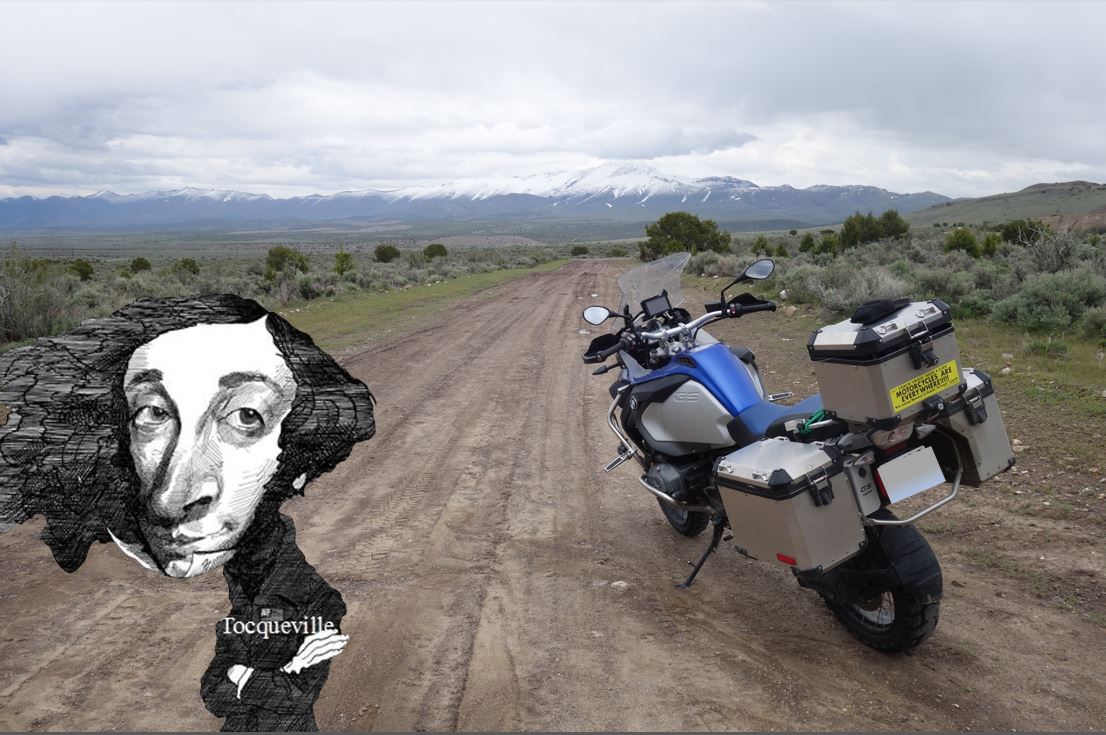The capital for North Dakota is in Bismarck. The state capital is very different from most state houses in that it does not have the classic Greek columns so often used to adorn these public buildings. Most state houses emulate the National Capital in Washington. This was once true of Bismarck as well, however the original state house burned down in 1930 and was replaced with a more modern structure with an 18 floor tower as it’s centerpiece. This is not surprising given the early thirties was the period when great skyscrapers were springing up all over the place (The Chrysler Building in 1930, the Empire State Building in 1931). A quick glance over the Bismarck Skyline suggests that it is still the tallest building in the city.

After checking through security we found ourselves on the ground floor where portraits of recipients of the “Theodore Roosevelt Rough Rider Awards” can be found. This award recognizes current or former North Dakotans who have been achieved national recognition in their fields of endeavor. Among the notable current recipients are Yankee Star Roger Maris, entertainer Lawrence Welk, actress Angie Dickenson, author Louis L’Amour, journalist Eric Sevareid and singer Peggy Lee. Less well known perhaps is Clifford “Fido” Purpur who played 144 games in the NHL for the Chicago Blackhawks from 1941 – 1945 and with the St Louis Eagles during their only season in the NHL in 1934 – 35.
The North Dakota legislature meets in the spring of each ‘odd numbered year’. The 2023 session had ended by the time we visited, the house and senate chambers were currently under renovation. The Governor Doug Burgum was in town, but not available, so we met with local legislature support staff to enquire as to the latest legislative issues before the North Dakota house.

North Dakota’s governor recently vetoed a bill that would have required librarians under threat of criminal penalty to screen sexually explicit materials from children, but signed another barring explicit materials from the children’s sections of local and school libraries.
The culture wars seem to have arrived in North Dakota.

































